
Montenegro- What to see (coast)
Often referred to as the southernmost fjord in Europe, Boka Bay is a submerged river canyon that penetrates the mainland for kilometres. A wreath of steeply rising mountains embraces and protects the bay from the open sea and cold winter breezes, thus making it a flourishing ground for an abundance of Mediterranean vegetation. Its calm waters harbour seven isles, including the famous Lady of the Rocks and Saint George. It seems that there is only one way to describe this unique bay, scattered with picturesque baroque towns, mighty mountains reflecting in cobalt blue waters and myriad natural stone jetties: unforgettable.
Considered as one of the world’s most beautiful gulfs, Boka Bay is star-shaped and composed of four arms: Herceg Novi, Risan, Kotor and Tivat. Herceg Novi displays a fine combination of romantic, Byzantine and oriental architectural styles while Risan is known for the remnants of classical culture found there. Kotor, a beautiful UNESCO protected walled city is the old coastal and cultural centre which has had countless invasions over the centuries, boasting old town with its splendid churches and squares, while e sun-drenched Tivat lies in the centre of the bay, having the bearing charm of Portofino and being home Porto Montenegro marina village.
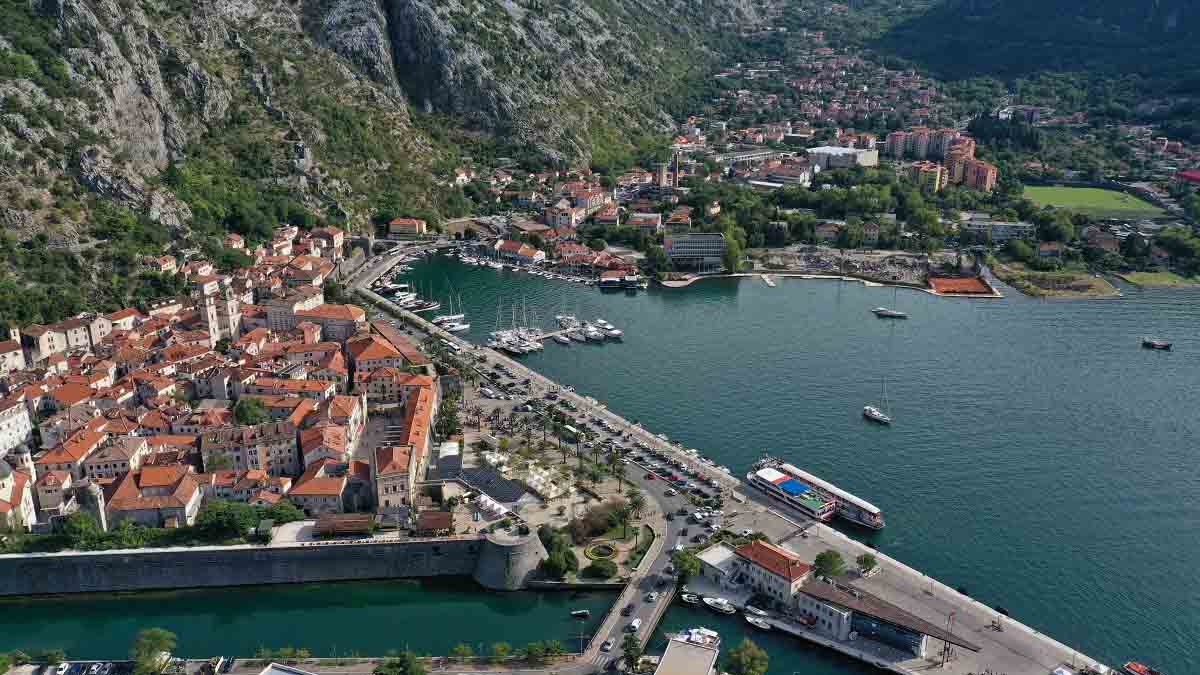
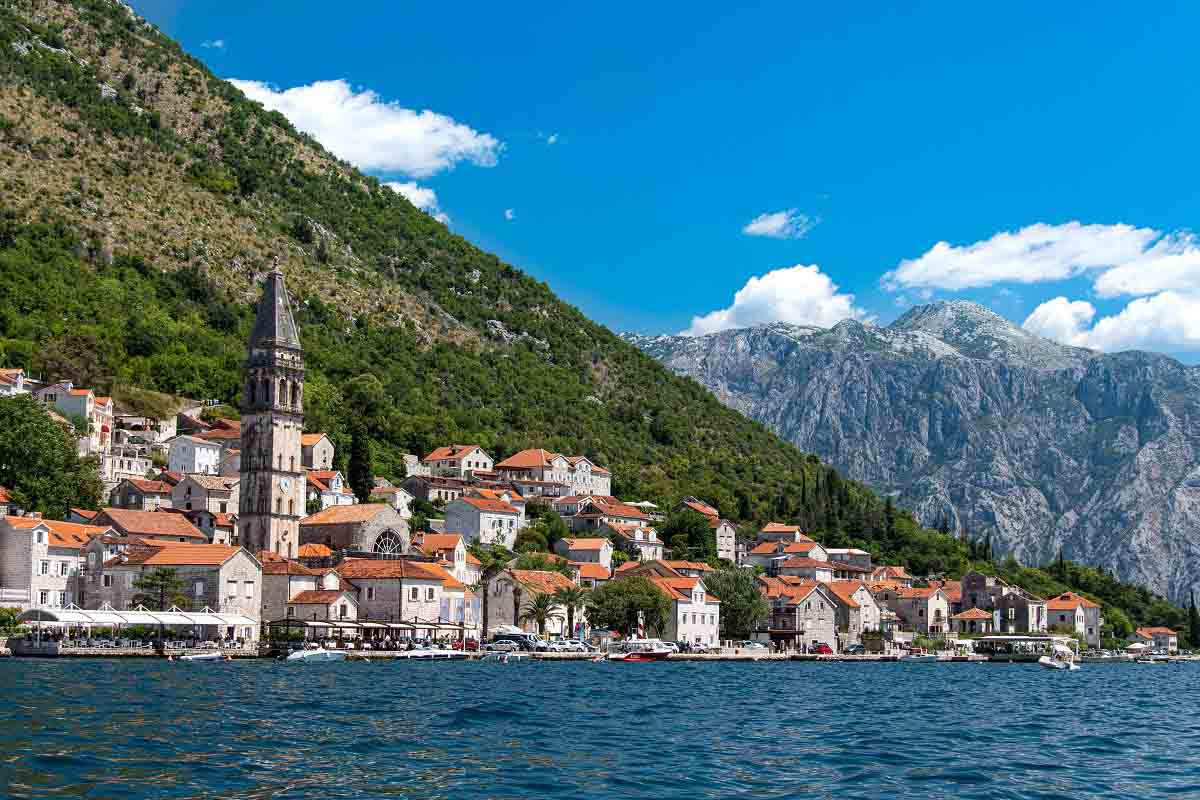
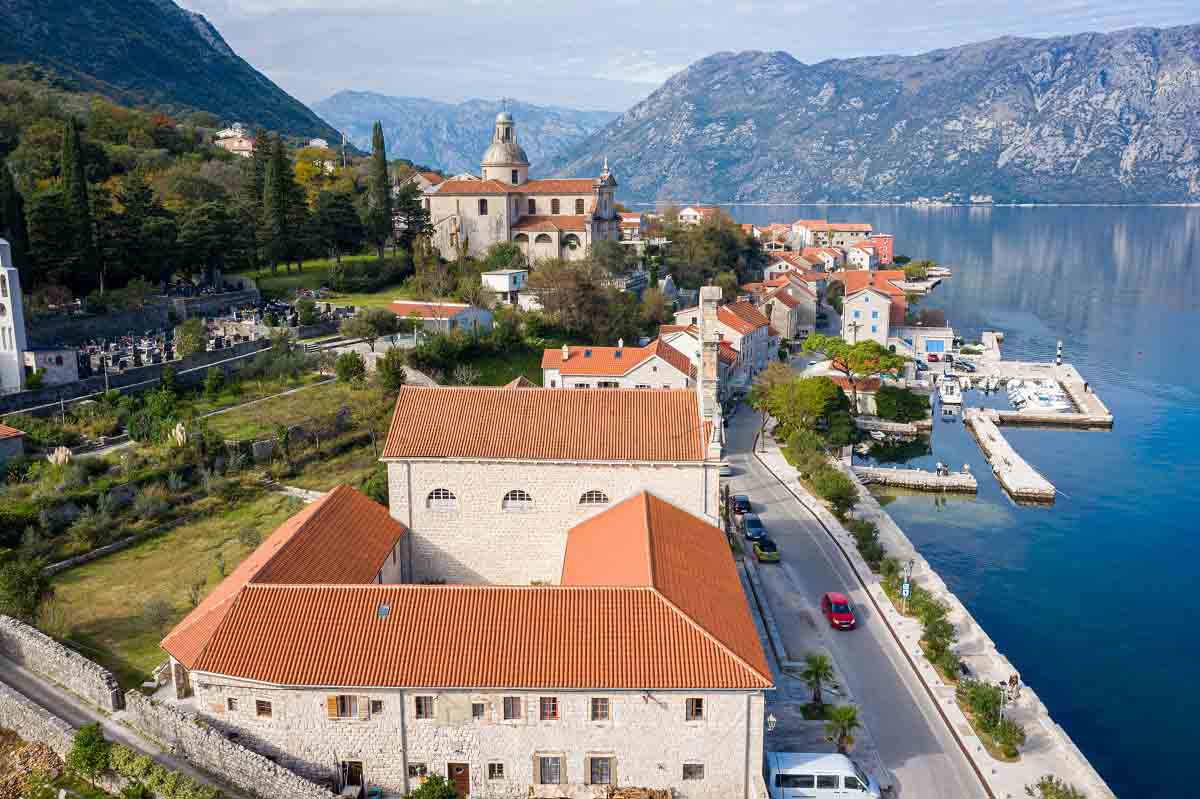
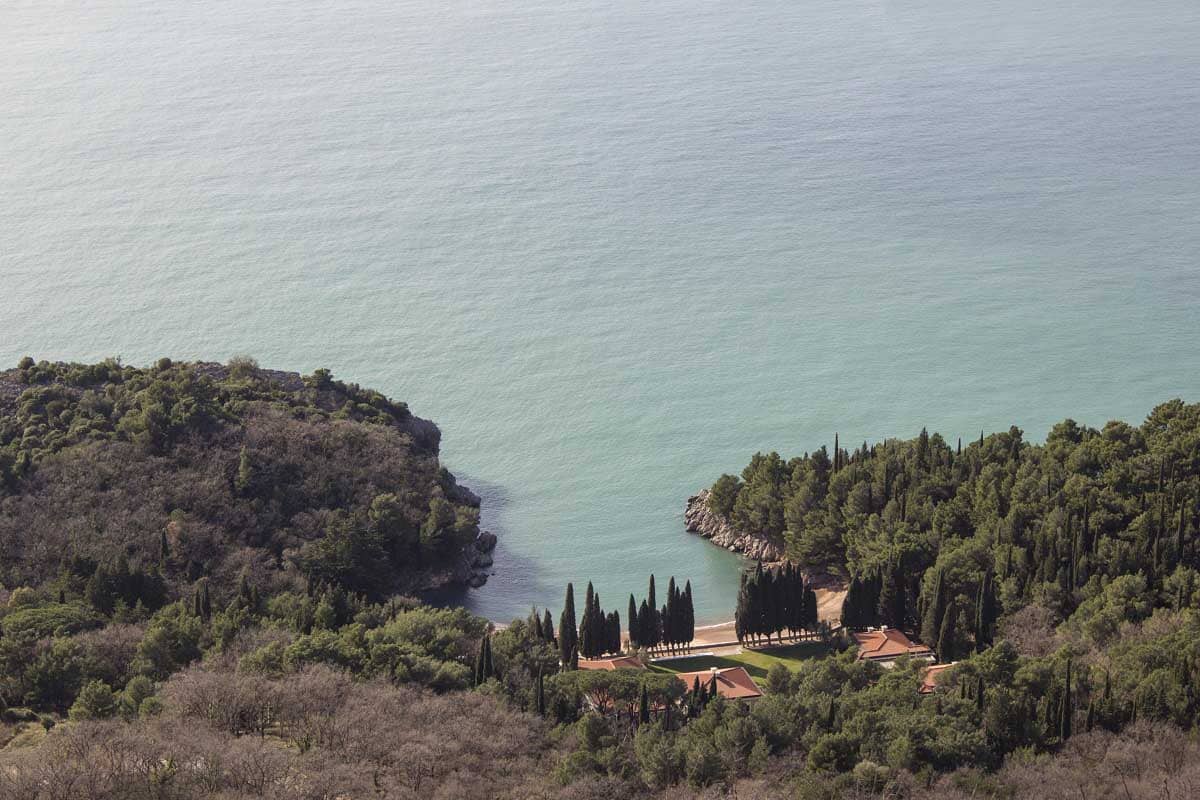
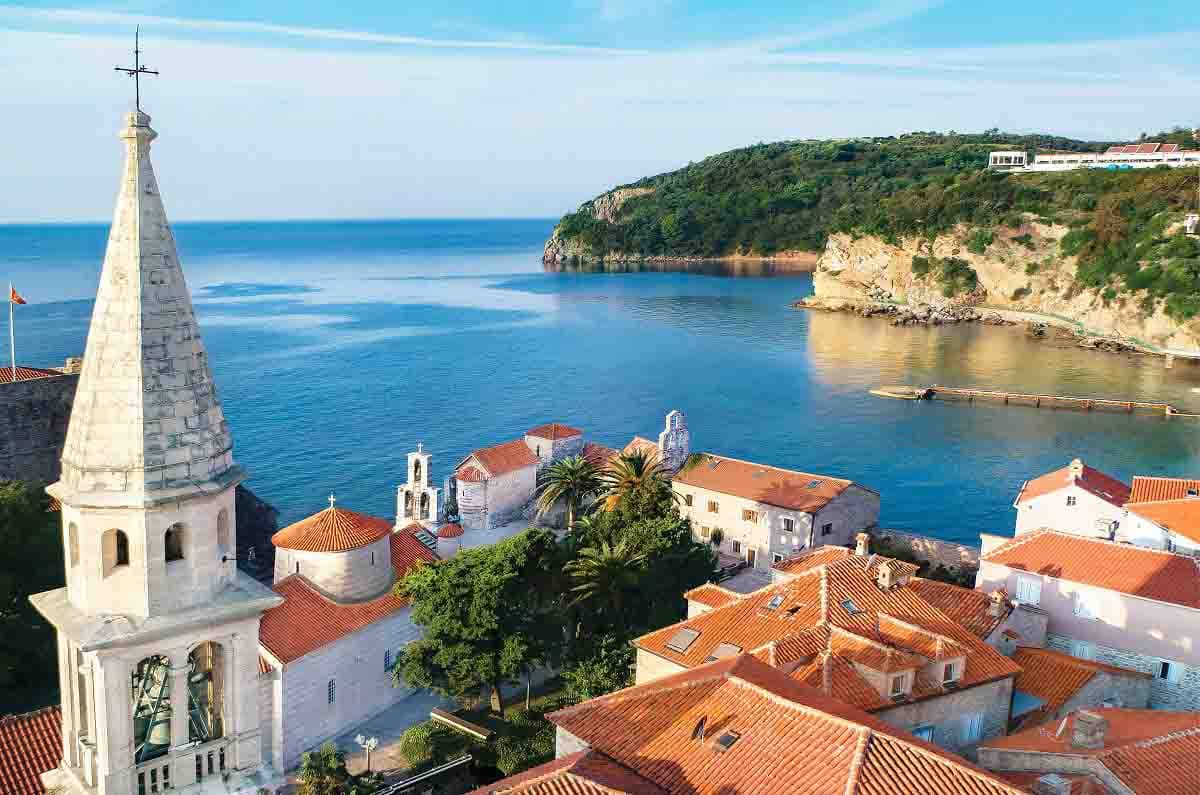
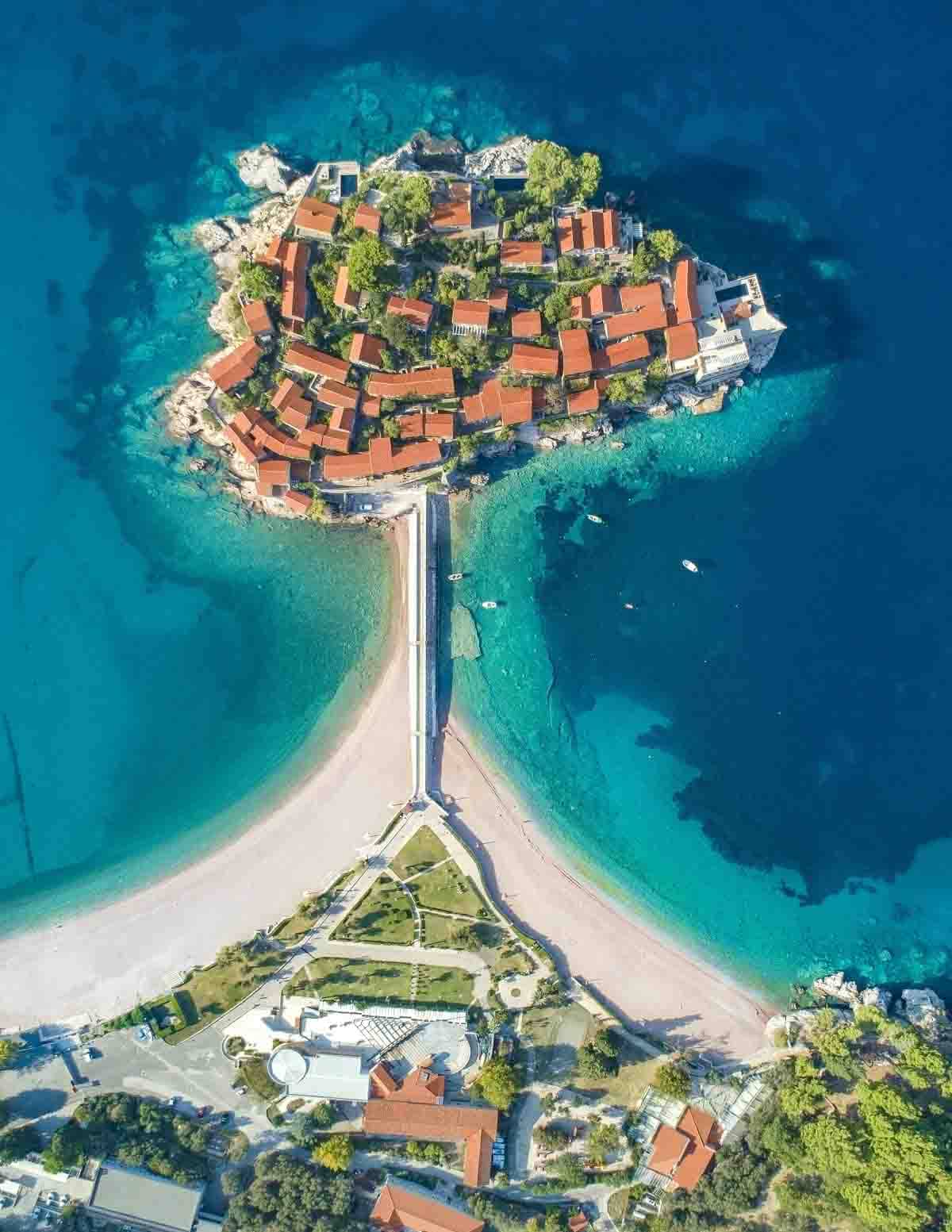
Montenegro- What to see (coast)
Considered as the metropolis of tourism, Budva is certainly a city that everyone should visit for many reasons: its natural beauty, its bay islands and beaches and its rich historic monuments. As one of the Adriatic Sea's oldest cities, Budva is proud of its Old Town which lies on a small peninsula, cobbled with narrow streets and squares, buzzy restaurants and bars and represents a treasure chest of cultural heritage. The Budva Riviera has a coastline of 21 km with 17 pink and white sand beaches.
Described by Lord Byron as “the most beautiful meeting of land and sea” - Sveti Stefan, today an exclusive hotel is a fortified peninsula of unique appearance dating from the 14th century. Connected to the mainland by a narrow trail, surrounded by 2 magnificent sandy beaches and a beautiful park, this place is an unmissable stop in riviera, along with Miločer and Pržno.
Montenegro- What to see (coast)
Reaching out to form the southern headland of the Bay of Kotor, the gorgeous Luštica peninsula hides secluded beaches and a dusting of idyllic villages scattered amongst the olive groves of its remote southern edge. This is where you can experience the real Montenegro - the fishing villages, the laid-back atmosphere and the simplicity, here life slows down...
The peninsula has the Adriatic Sea on one side and the Bay of Kotor on the other. The beaches are a little wilder and the water is a little clearer on the Adriatic side. Luštica is laced with unpaved trails leading to secret coves and mighty fortresses worth exploring, such as island-fortress Mamula, which represents one of the biggest and best-preserved fortifications on Adriatic.
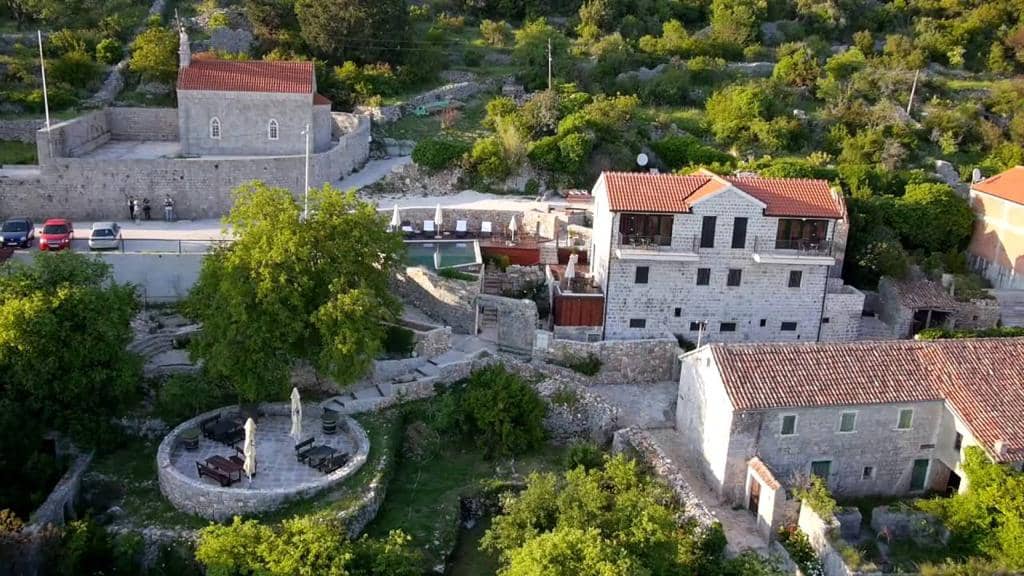
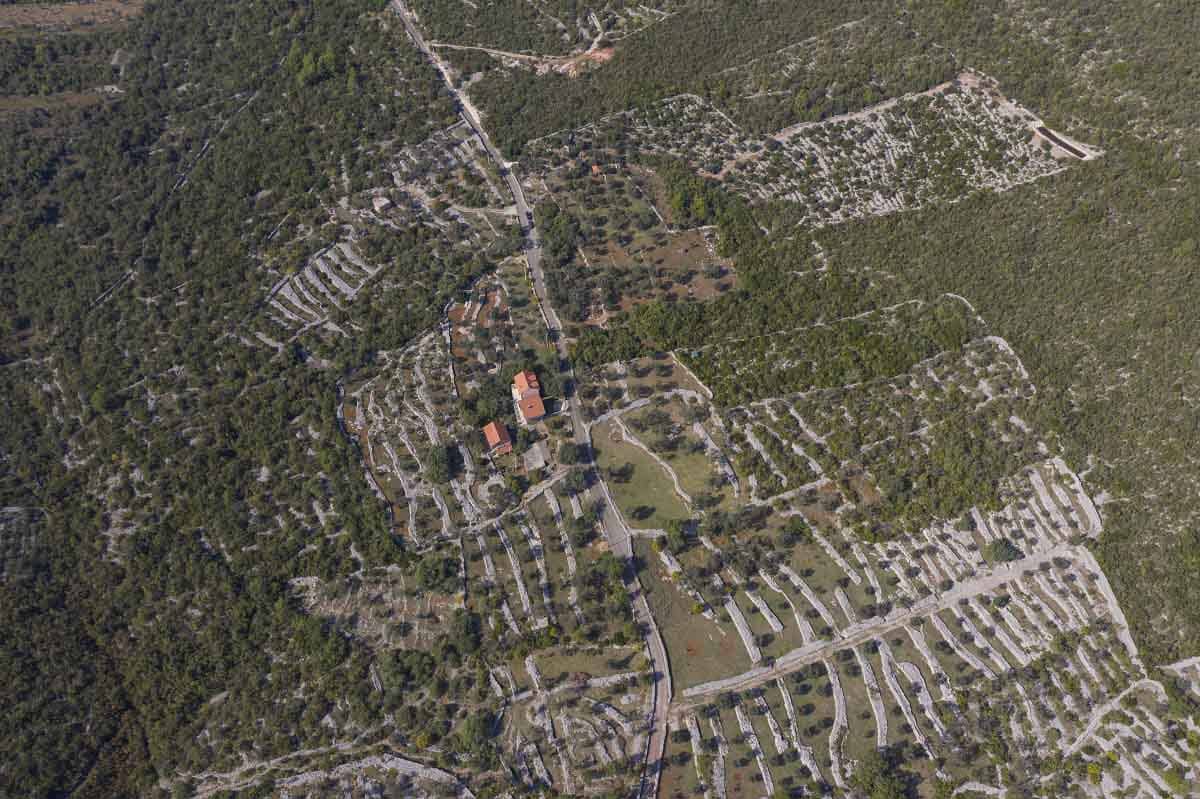
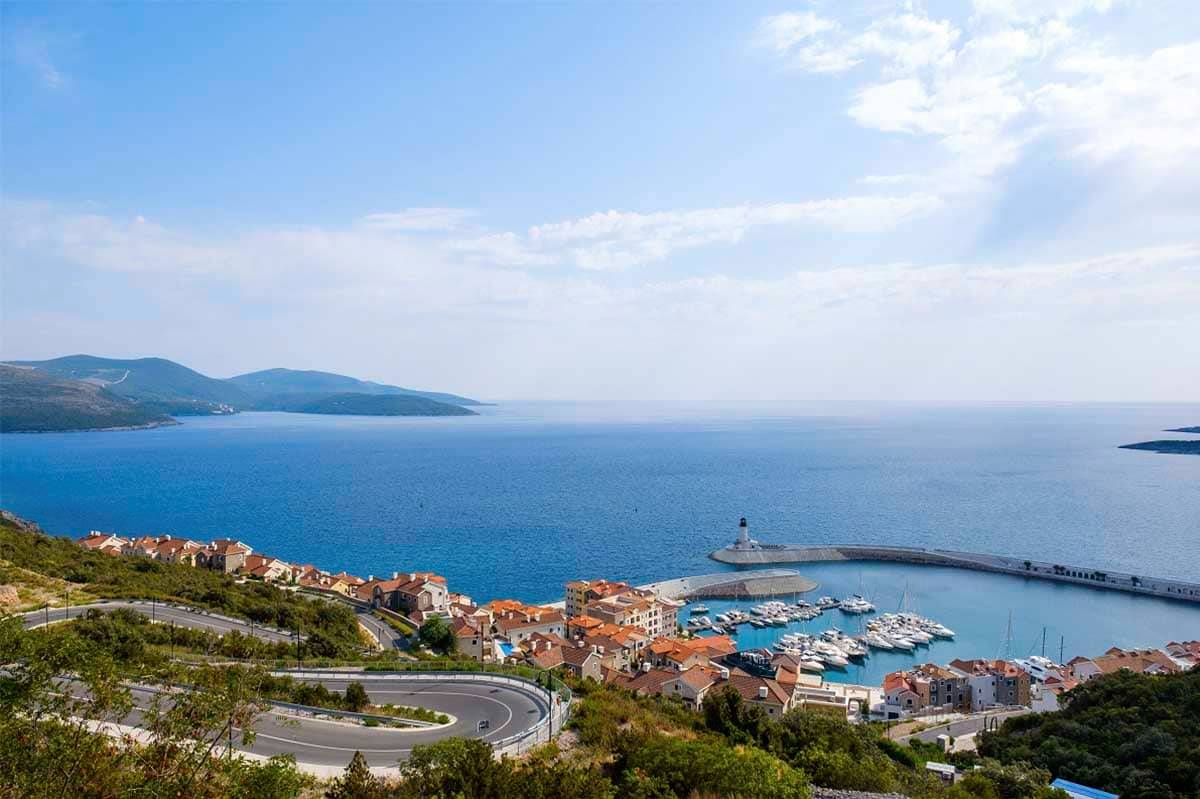
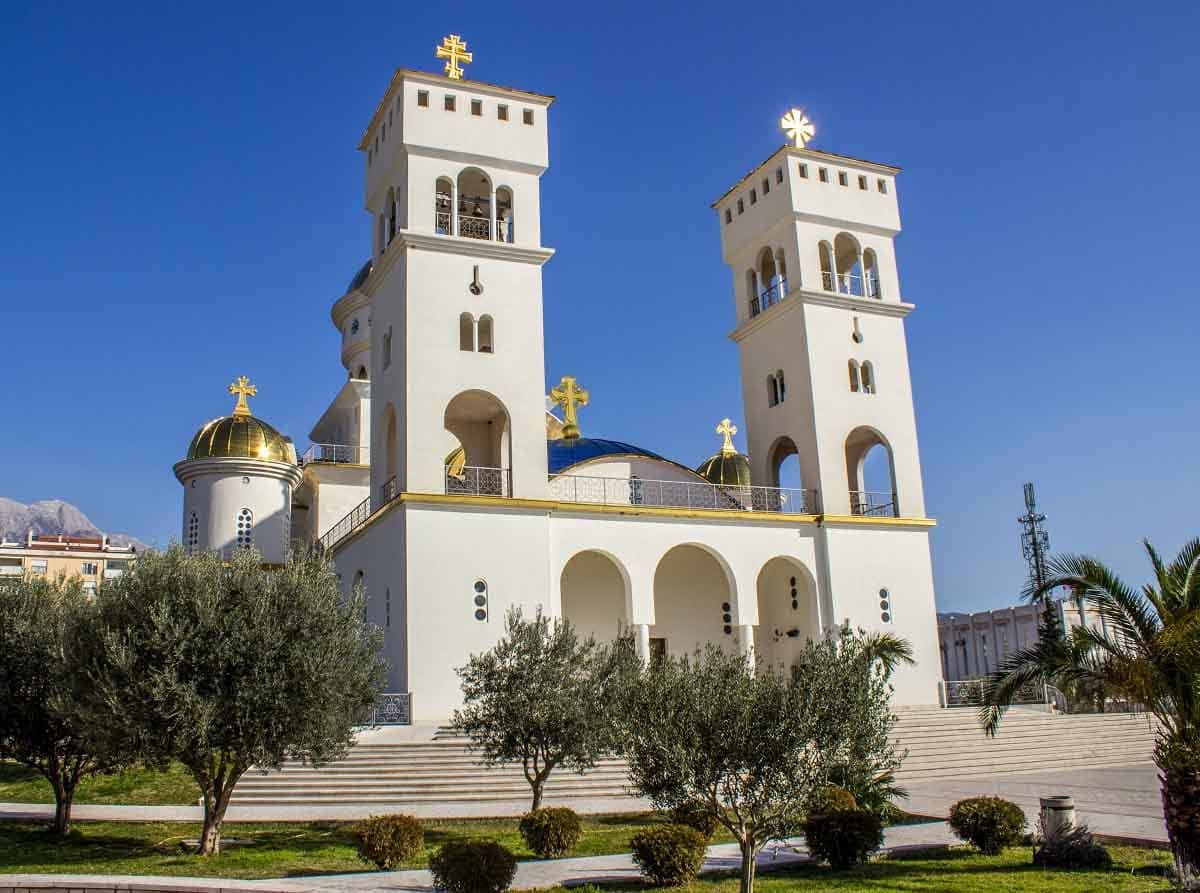
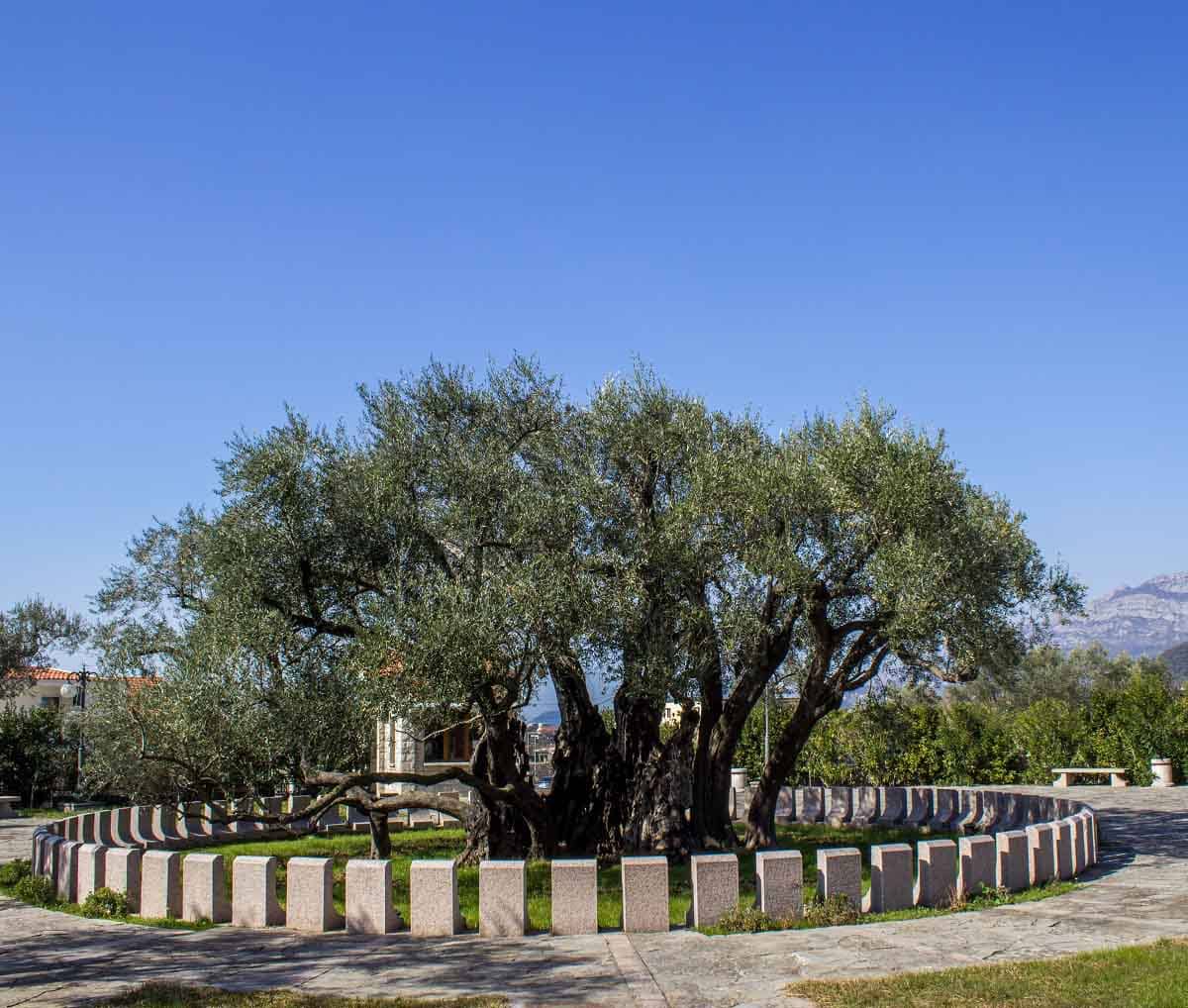
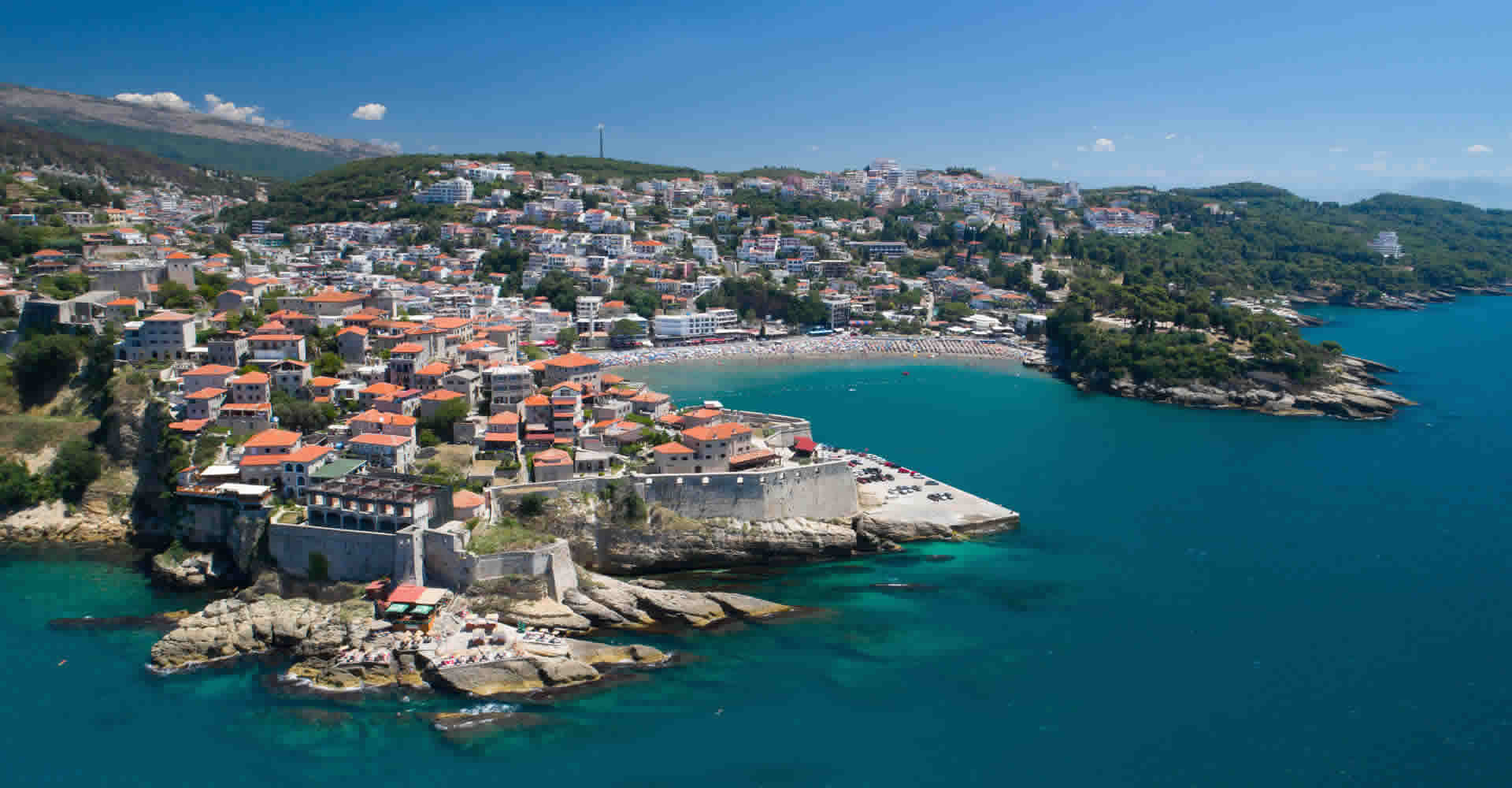
Montenegro- What to see (coast)
As every territory of Montenegro is very diverse from each other, so is the southernmost part of its riviera. Apart from equally beautiful nature, the cities of Bar and Ulcinj are a colourful mixture of cultures and heritage that showcases the Turkish influence with 300 years of Ottoman rule had on the area. Bar region is proud of its old town and for olive groves, having more than 100.000 trees and famous 2.200-year-old 'Stara Maslina'.
Lying between the shores of the sea and lake, this region has it all: the crystal waters of the Adriatic sea, cliffs and canyons of mount Rumija and the magical shores of Skadarsko Lake. The 'Velika plaža' or the long beach, as the name implies, is the longest beach on the Adriatic Sea - 12 km and 70 meters wide. With soft yellow sand and shallow waters, it is ideal for families as well as extreme water sports like kitesurfing and windsurfing.
Montenegro- What to see (country)
Cetinje is the royal capital of Montenegro, but it is also very rich in both culture and beauty. Starting with culture, The National Museum of Montenegro is made up of four locations, which are all within walking distance. Them being King Nikola’s court, Vladin Dom the old government building, The Biljarda former residence of Peter II and the Ethnographic museum. Inside the town, there is the Monastery of St Peter, also referred to as Cetinje Monastery. It’s an Orthodox Monastery, rich in both history and relics. On the outskirts of Cetinje and closer to Lovćen National Park lies Njeguši, a small but charming village. Aside from its historical value, recently it’s more known for the production of cheese and prosciutto.
A nearby road will lead you to the very top of Lovćen, where the famous Njegoš Mausoleum is located. It was the highest at the highest mausoleum altitude at the time it was built. Going down from the mountain towards Boka Bay, there is the Serpentine road. Due to the many hairpin turns and narrow roads, it resembles a serpent slithering its way down the mountain. The only thing that can beat the challenging nature of the road, is nature herself. But also the picturesque views one gets following the road.
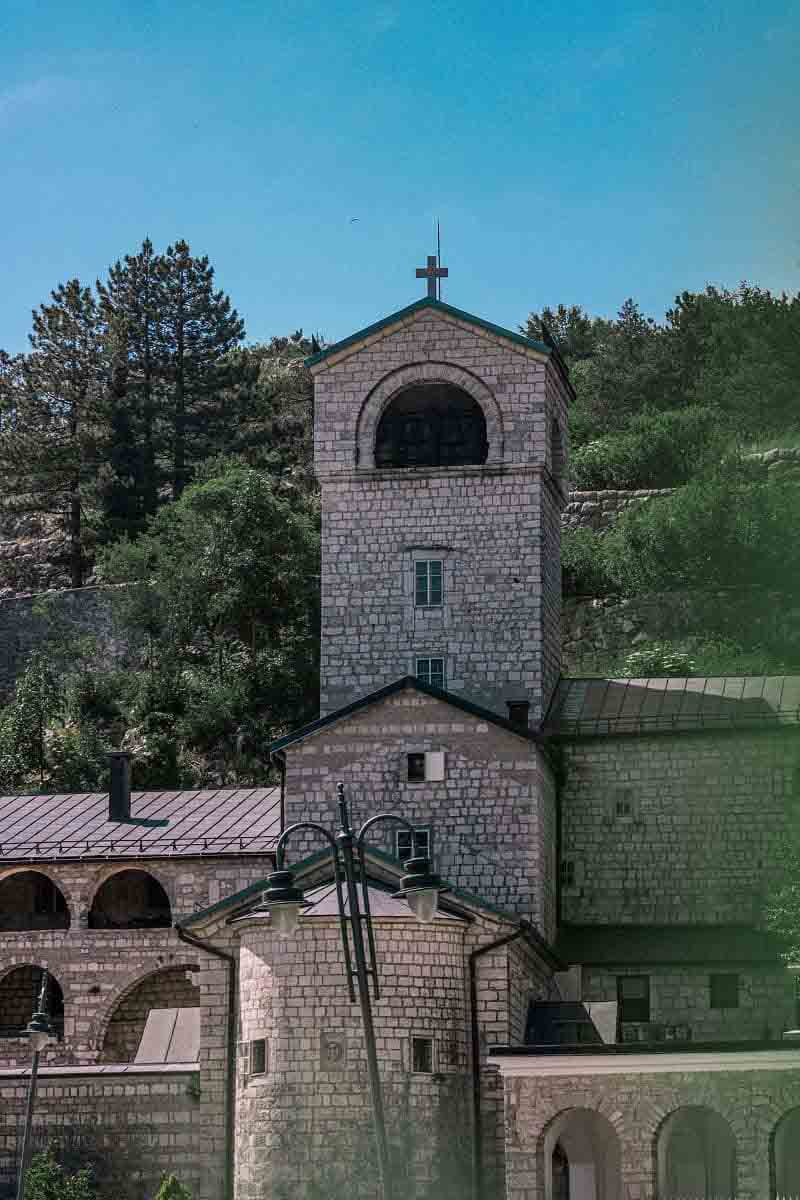
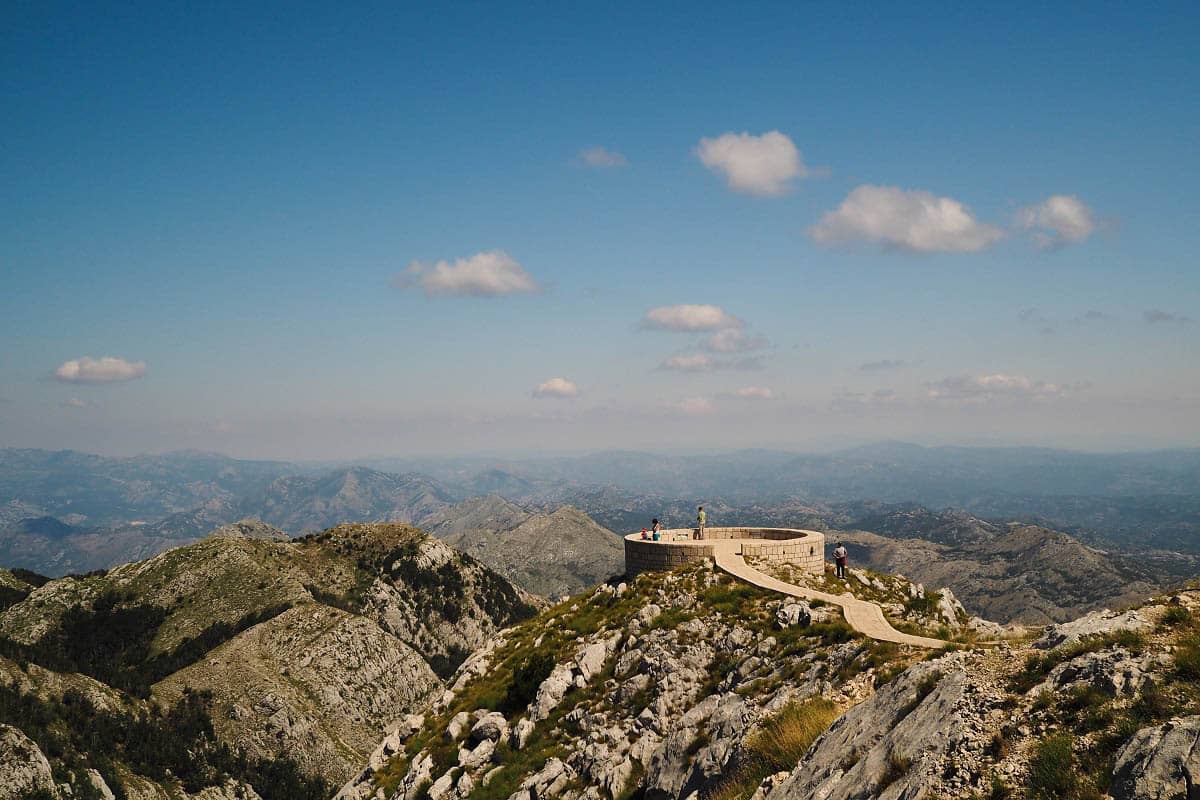
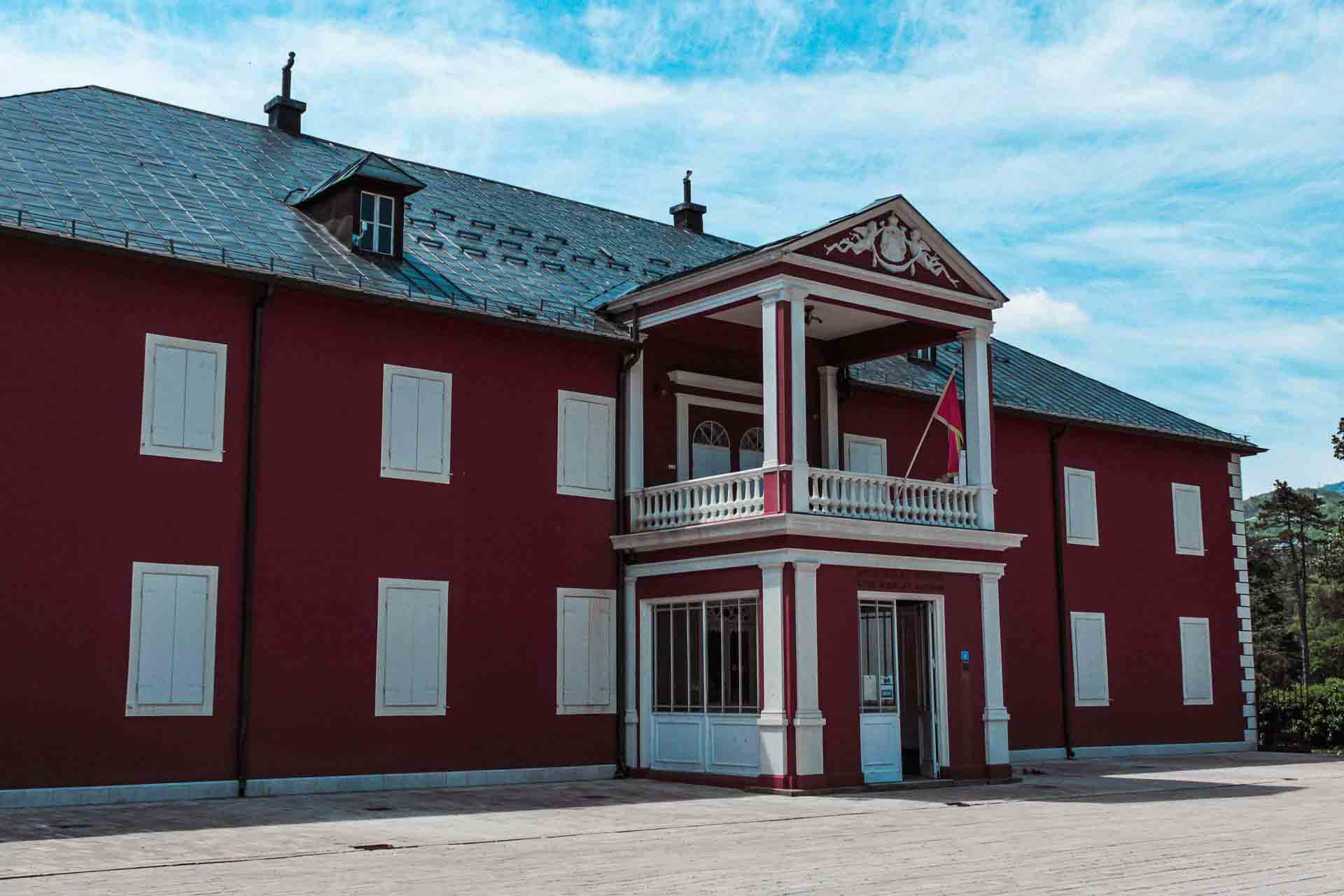
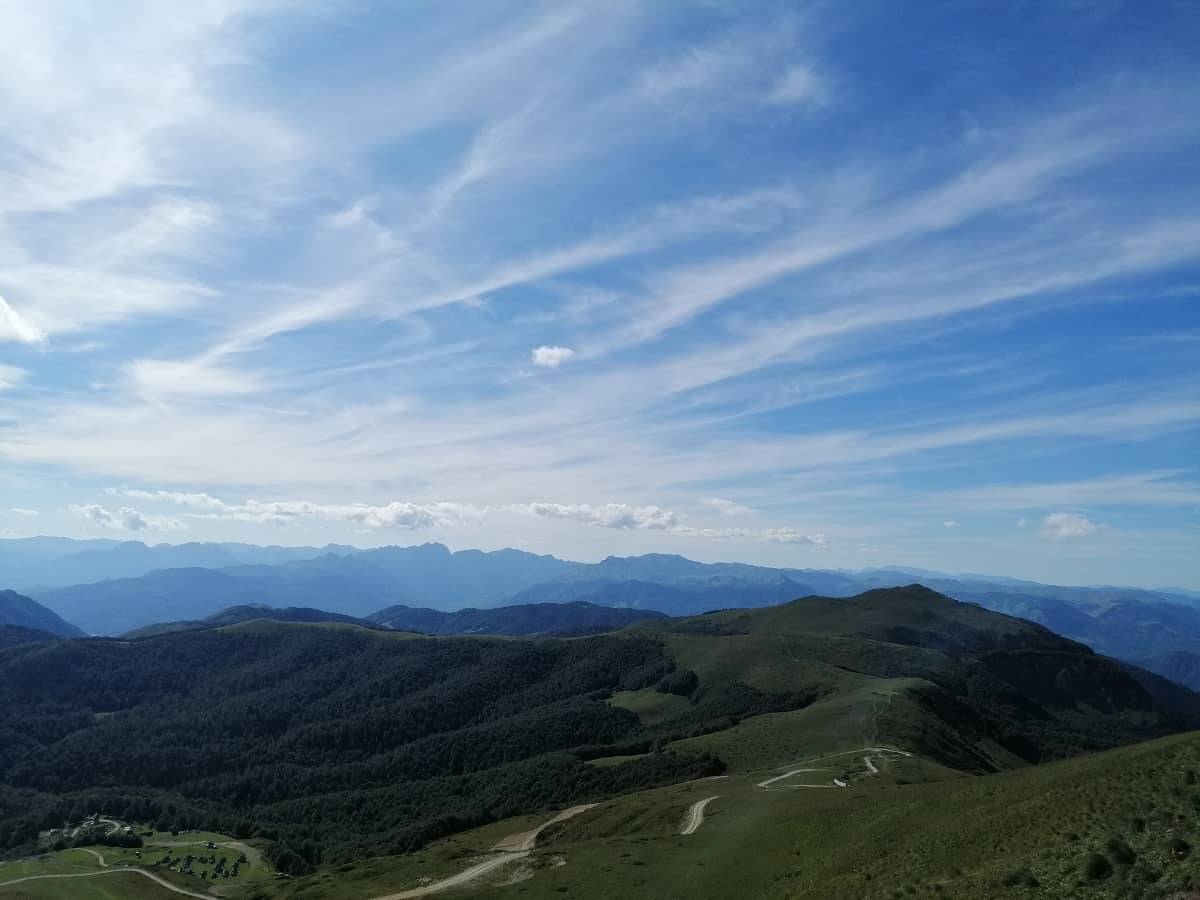
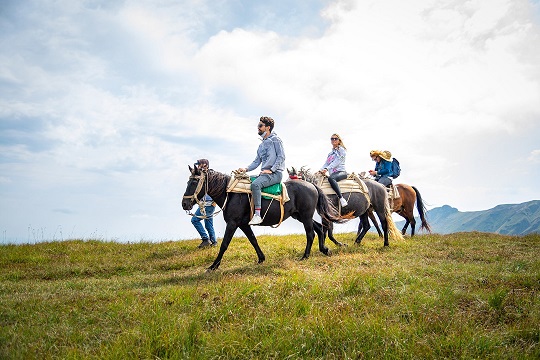
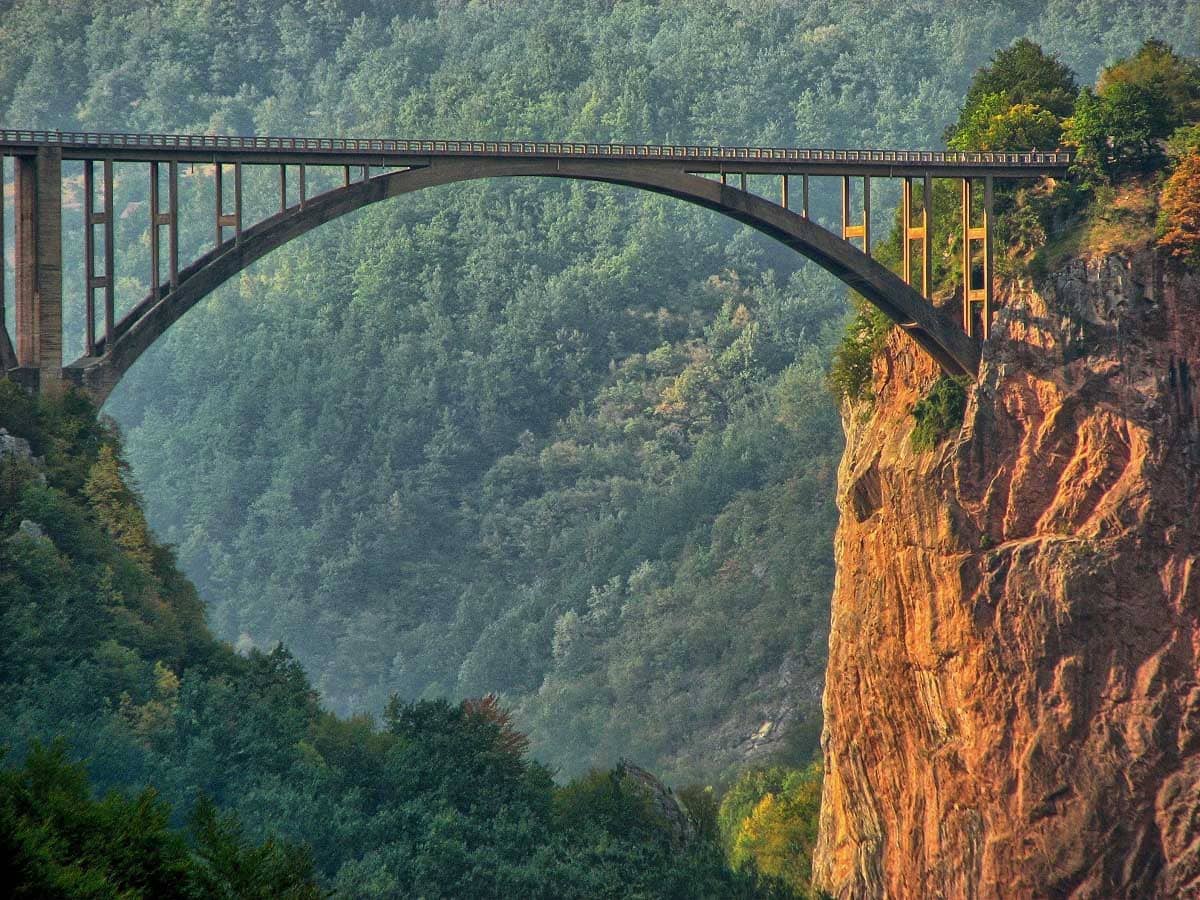
Montenegro- What to see (country)
The north of Montenegro is brimming with the beauty of untouched nature. The most popular towns for visiting would be Kola[in and Žabljak.
Kolasin is a small town, first settled by the Ottomans in the 17th century. It’s worth a visit, whether you enjoy skiing in the winter, or just want a retreat from society in the summer. Surrounded by the mountains the two rivers Tara and Morača are popular for rafting in both spring and summer. And on the right bank of the Morača river, there is also Monastery Morača, which was built in the mid 13th century. Not to forget the national park Biogradska Gora, one of the few rain forests left in Europe.
When it comes to people Zabljak is a very small municipality, counting about 3600 people. But its beauty’s are not few. Starting with Durmitor national park, it’s the best known and largest of the 18 glacier lakes in the Black Lake. Bobotov Kuk, its largest summit. And not to forget the Durmitor Ski Center, for lovers of winter sports. And for those with an adventurers spirit, there is Canyon Nevidio, part of the Komarnica river that can offer a fun challenge if you enjoy rafting.
Montenegro- What to see (country)
Podgorica is the capital of Montenegro, and its located in the middle of the country. Formerly was known as Titograd, after the president of Yugoslavia. Its current name roughly translates as below-Gorica. Gorica is a nearby mountain. Due to its location, but also the fact that it houses about one-third of the population, Podgorica serves as a hub for the country. For things like administration, education and religion to some extent. It’s also where the largest international airport is located, which is one of two in the country. Then there is the orthodox temple of the resurrection of Jesus, also being the religious building largest in the country.
Architecture in the town is a mix between Yugoslavian style blocky buildings and modernism. The prime example of modernism is the Millennium Bridge, which takes you over the Morača river. A large assortment of nightclubs and bars make it a hub for Montenegrin nightlife as well. And if you are a wine lover this is also the place to be, since most of Montenegro’s wine production is situated there. But you can always end the day with an afternoon hike on the nearby hills giving you a pleasant view of most of the town.
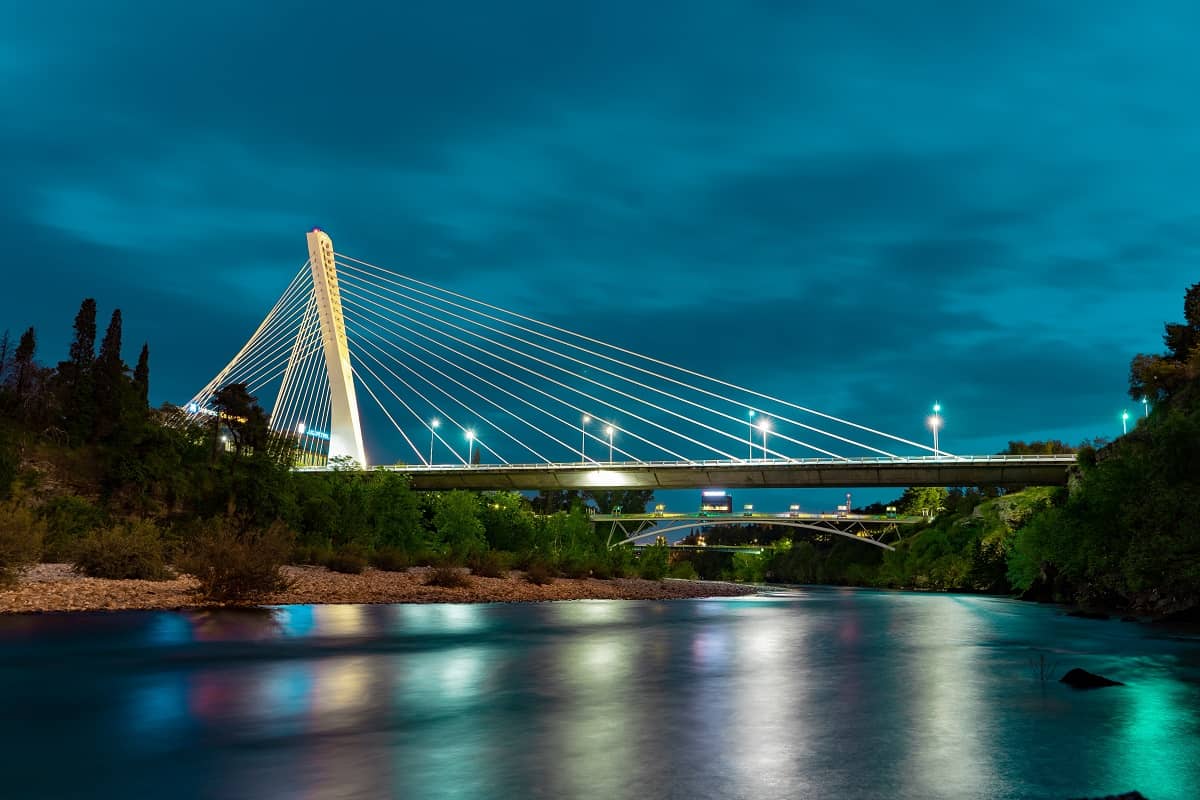
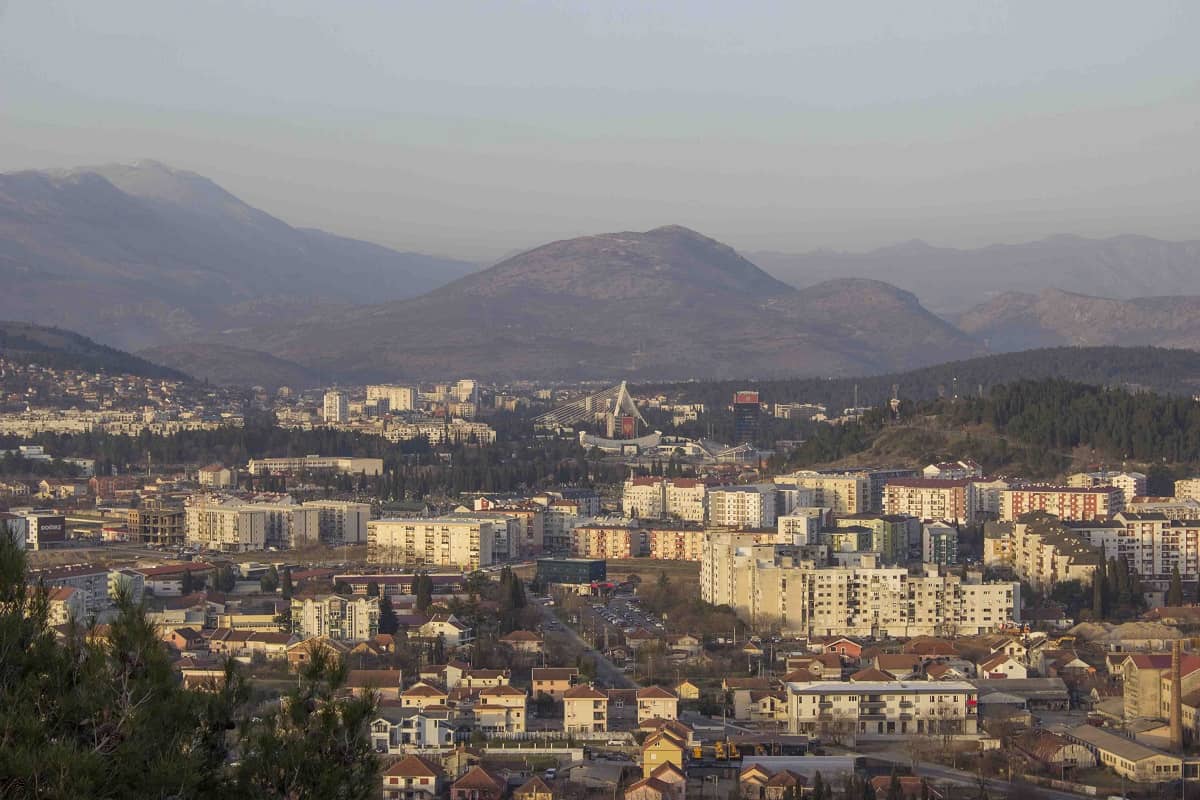
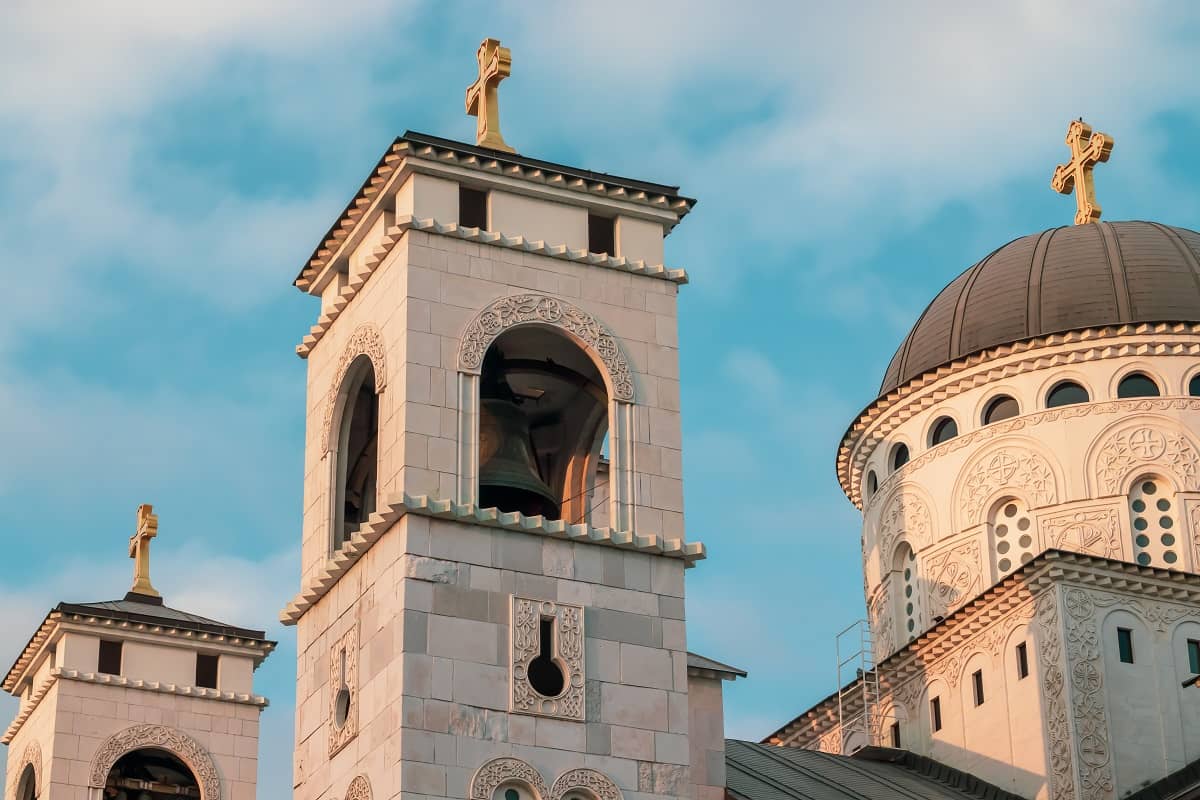
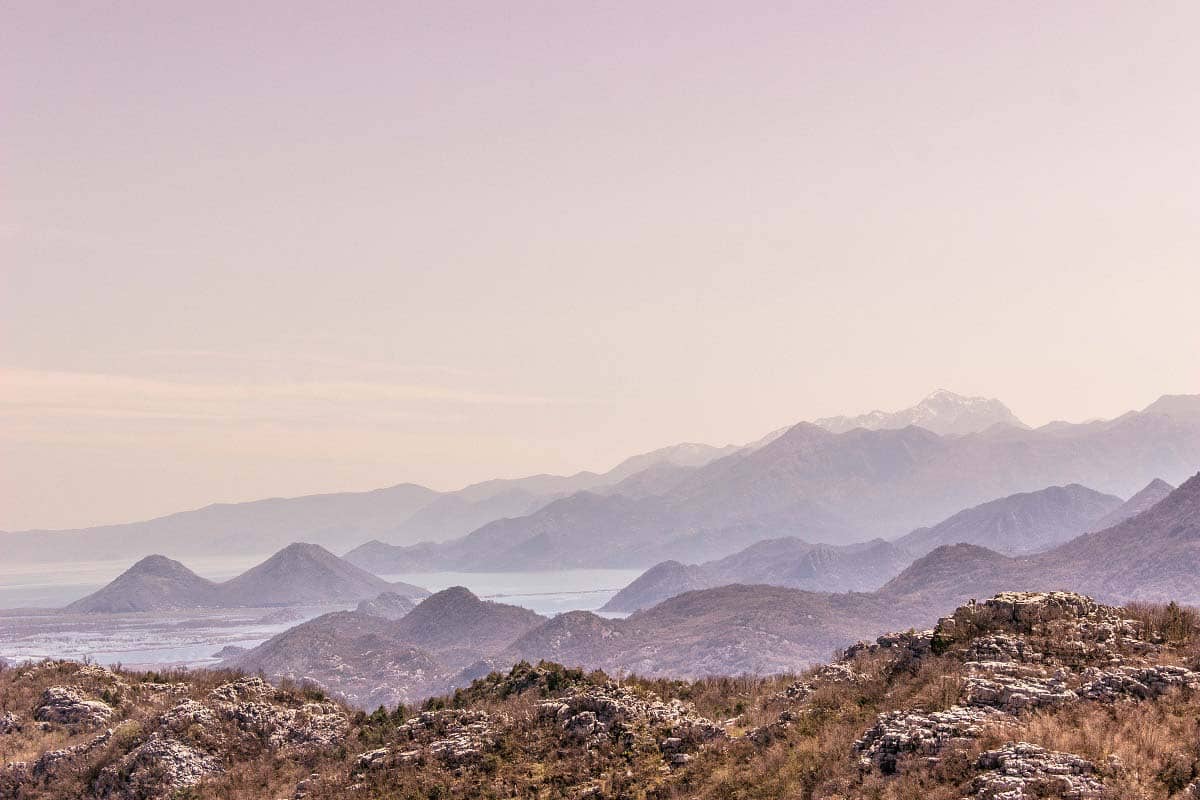
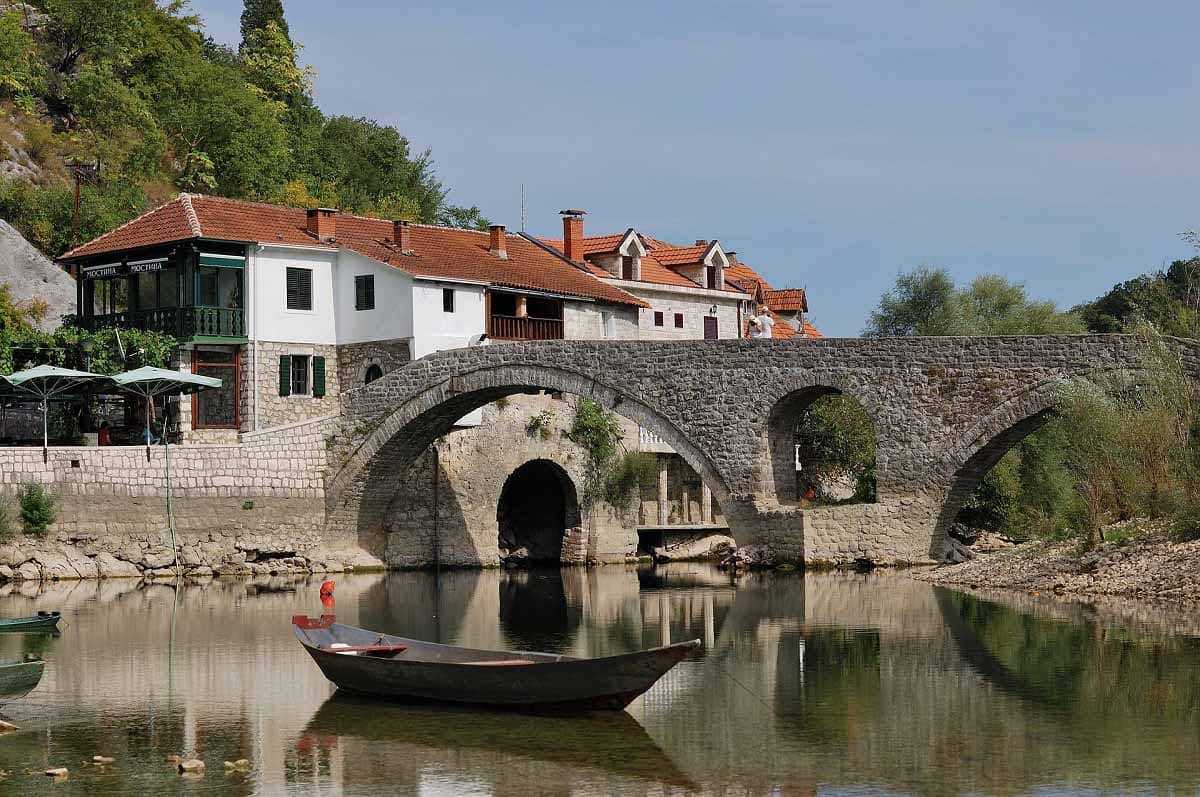

Montenegro- What to see (country)
Skadar lake is one of five national parks in Montenegro. Millions of years ago the lake was actually a bay of the Adriatic sea, which at some point got separated. These days its fed freshwater by the Morača river, but it still drains into the Adriatic in the form of the Bojana river. It is the largest lake in the Balkans but also being very shallow, its size can vary a lot depending on the rainfall. One-third of it belongs to Albania, it also makes up Montenegro’s eastern border. It has a large variety of flora and fauna. But it’s specifically important as a key resting place for birds that migrate from northern Europe to Africa.
It is also the last breeding ground of an endangered pelican species. For lovers of gastronomy, there is the art of winemaking, and simple but good food. And when it mixes with the generous hospitality and laid back lifestyle of the locals, one ends up with quite a wholesome experience. With a full belly, you could go for a hike to explore some of the fortress ruins. Enjoy views by the water on a boat or kayak, or simply soak in the sun on one of the freshwater beaches.